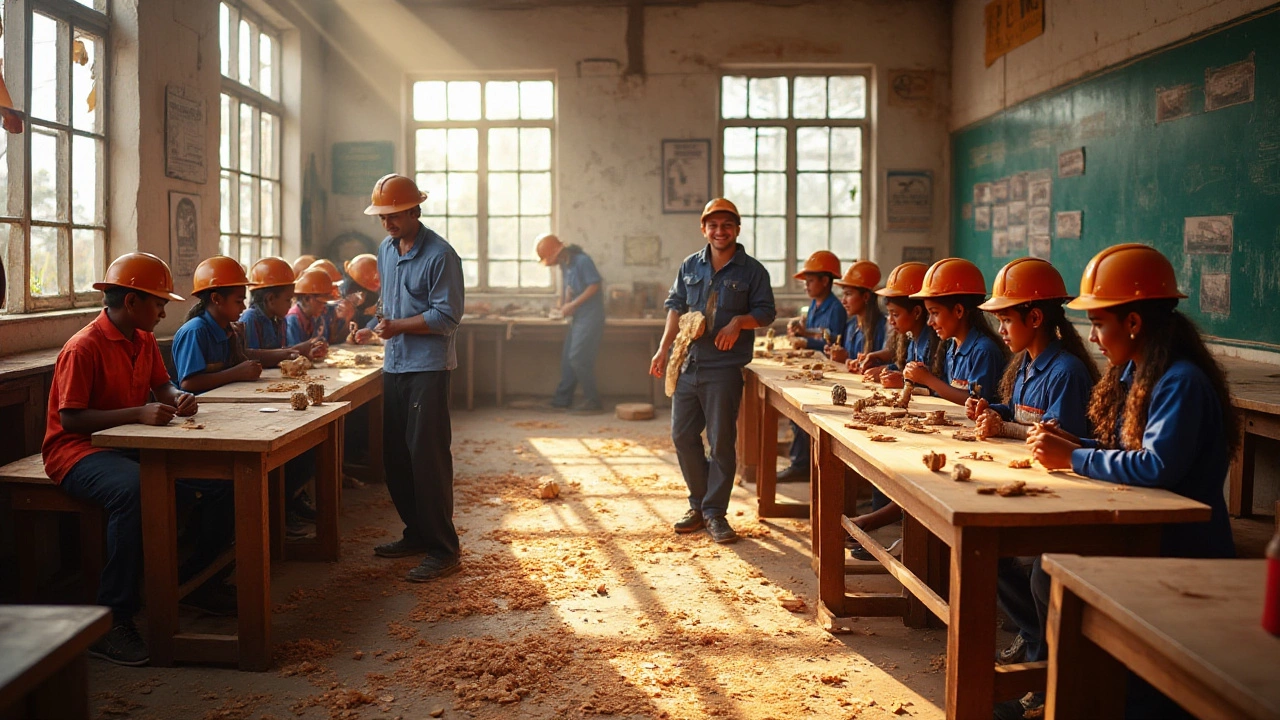School Courses – How to Pick the Right Curriculum for Your Child
Choosing a school course can feel overwhelming, but you don’t need a degree in education to make a solid choice. Start by looking at the big three in India: CBSE, state boards, and international curricula like IB or Cambridge. Each has its own style, exam pattern, and focus areas. Knowing what matters most to your family – whether it’s exam readiness, creative learning, or global recognition – will narrow down the options fast.
CBSE vs State Boards: What’s the Real Difference?
CBSE (Central Board of Secondary Education) is popular because it follows a uniform syllabus across the country. That means a student can move between cities without worrying about a curriculum shift. The board emphasizes science, math, and a clear exam format, which many parents see as a straight path to engineering and medical entrance exams. State boards, on the other hand, tailor content to regional languages and local contexts. They often include more regional history and may have a slightly easier grading system, which can reduce pressure for some students.
When you compare the two, think about your child’s learning style. If they thrive on consistent material and plan to take national competitive exams, CBSE is a safe bet. If they need a softer pace and want to stay connected to their local culture, a state board might feel more comfortable.
International Curricula: When Global Exposure Matters
International programs such as the International Baccalaureate (IB) or Cambridge International Examinations (CIE) aim for a broader skill set. They focus on critical thinking, research projects, and often teach in English. These courses are great for students who plan to study abroad or want a more inquiry‑based approach. However, they can be costlier and may require extra preparation for Indian entrance exams, which follow a different pattern.
Before jumping in, check whether the school offers adequate support for Indian exam preparation. Many schools blend international methods with local coaching, giving the best of both worlds.
Here’s a quick checklist to help you decide:
- What are your child’s strengths? (Math, language, creativity)
- Do you plan to move between states?
- Is global university admission a goal?
- How much time can you invest in extra tutoring?
- What’s the budget for tuition and resources?
Answering these questions will point you toward the curriculum that matches your priorities. Remember, the right course isn’t the one with the flashiest name – it’s the one that fits your child’s learning rhythm and future plans.
Finally, talk to current students, teachers, and parents. Real‑world feedback often reveals hidden strengths or challenges that a brochure won’t show. Visit a few schools, sit in a class, and ask about assessment methods. The more you see in action, the clearer your decision becomes.
Choosing a school course is a big step, but with clear goals and a bit of research, you’ll land on a curriculum that helps your child thrive academically and personally.
Understanding Vocational Education in Schools
Vocational education in schools focuses on practical skill development, preparing students for specific trades or careers. Unlike traditional academic paths, these programs integrate hands-on experience with classroom learning, offering students a pathway to employability in fields like carpentry, culinary arts, or technology. With the growing demand for skilled tradespeople, vocational courses are becoming increasingly important in bridging the gap between education and the workforce. By providing real-world applications and job-ready skills, vocational education plays a vital role in modern schooling.
read more